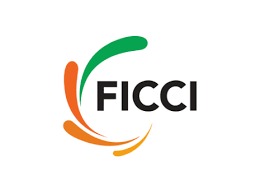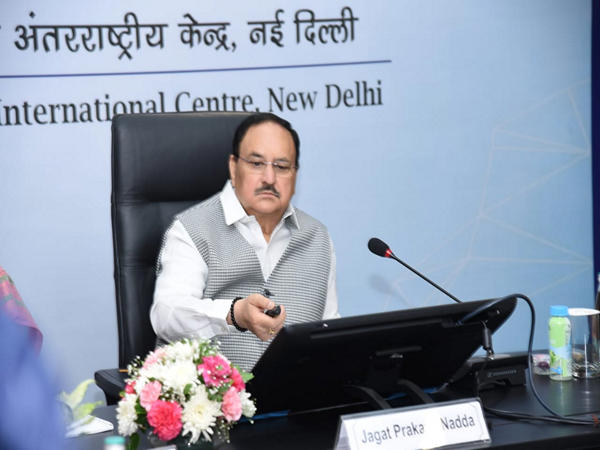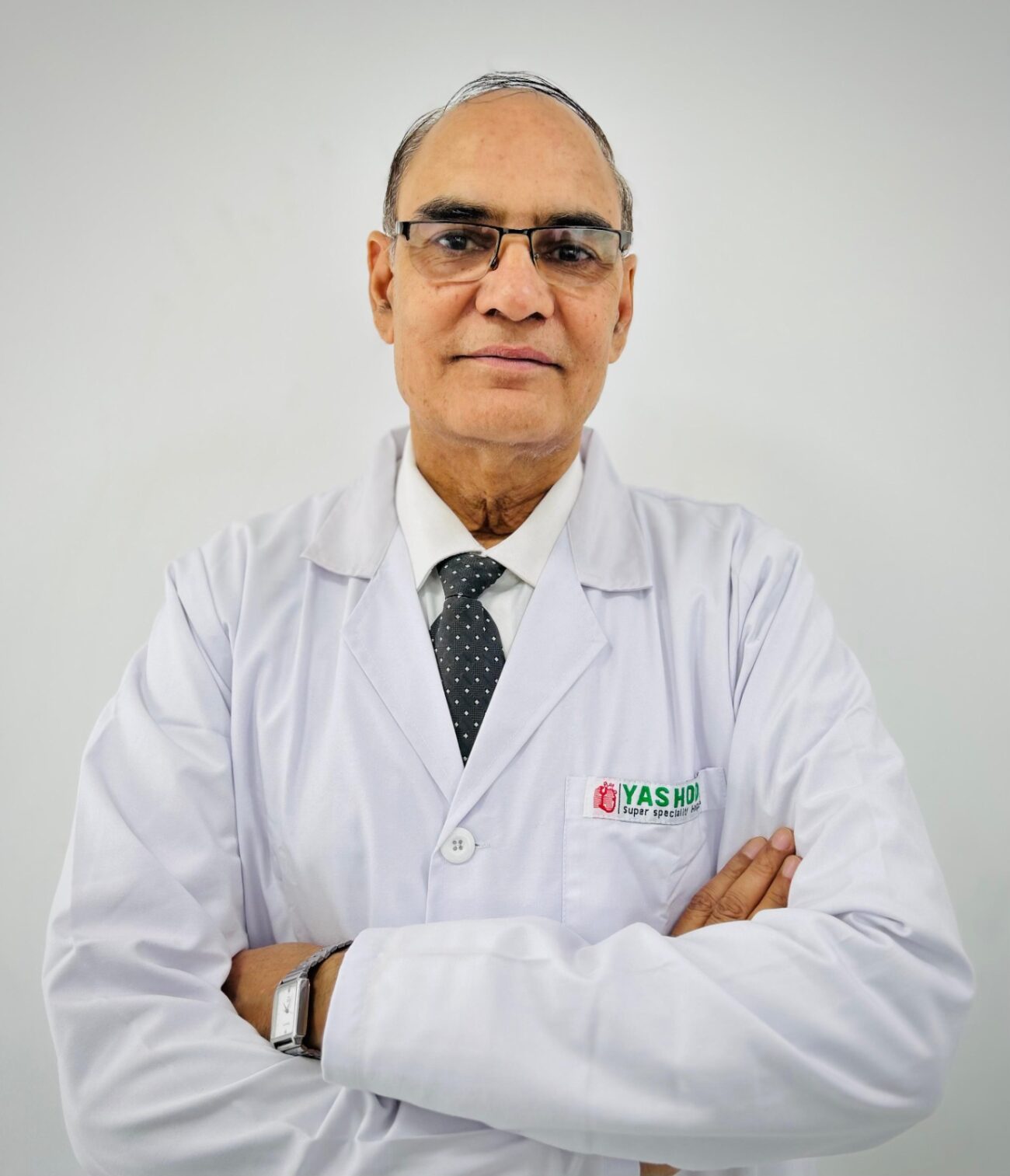Unlocking the potential of emerging technologies critical to strengthening healthcare workforce- FICCI-KPMG Report
To discuss various facets of the country’s healthcare workforce, FICCI and KPMG in India today released a report titled ‘Strengthening healthcare workforce in India: the 2047 agenda – Top 20 priorities’ at the16th edition of

To discuss various facets of the country’s healthcare workforce, FICCI and KPMG in India today released a report titled ‘Strengthening healthcare workforce in India: the 2047 agenda – Top 20 priorities’ at the16th edition of FICCI’s annual healthcare conference- FICCI HEAL 2022. The report aims to understand the journey and transformation of healthcare education (medical, nursing and allied healthcare) in the country and the looming healthcare workforce gaps in various states. This report provides recommendations on innovative and pioneering solutions to bridge the gaps in demand and supply of healthcare workforce and healthcare education institutes. This is the correct time for the government and the private players to work in synergy towards translating the top priorities into a plan and target to achieve the 2047 agenda of strengthening Indian healthcare workforce.
Commenting on the report, Lalit Mistry, Partner and Co-Head, Healthcare Sector, KPMG in India said, “In the coming decade, India has the potential to not only bridge the gaps of healthcare workforce in the country but also become an export hub for healthcare workforce to the world. The private and public stakeholders need to work together to come up with innovative and pioneering solutions to make the workforce more robust and future-ready. Six levers of change for this transformation include embedding governance mechanisms with equal participation of private sector, developing teaching practices that support upskilling of the healthcare workforce and faculty, fostering and monetization of healthcare educational infrastructure, incentivisation and social safeguards for the healthcare workforce, leveraging digital universities and institutes while unlocking the potential of emerging technologies.”
Speaking on the occasion of launch of the FICCI-KPMG in India report, Gautam Khanna, Chair – FICCI Health Services Committee, commented that “FICCI’s Healthcare Service Committee has been working for more than a decade in collaboration with various stakeholders to recommend policy reforms as well as suggestions on improving different aspects of healthcare workforce in the country. Furthermore, FICCI’s Task Force on Skill Gaps had conducted a pan India survey in 2011 to derive a list of 42 skillsets with major gaps and collaborated with AICTE to undertake competencies-based curriculum development for healthcare and paramedics. We sincerely hope that this report will open new avenues for deliberation and action at the policy-making level and also provide insights for the necessary push in the healthcare industry for augmenting as well as strengthening our workforce in the healthcare sector”.
Key recommendations for strengthening healthcare workforce
India has already paved the way to significantly improve the quality of medical education in India. The report recommends the below six levers that support the future roadmap for strengthening the healthcare workforce in India to make it more robust and future-ready.
- Embedding governance mechanisms and frameworks – India needs to converge its efforts toward healthcare workforce reforms and planning to meet future needs by –
- Setting up an ‘Empowered Group on National Healthcare Workforce’
- Developing ‘National Healthcare Professional Registry and Accreditation System’
- Strengthening the healthcare workforce with new cadres
- Focused campaign to attract talent for the healthcare workforce
- Formulating standard treatment guidelines for quality control
- Organising a half-yearly national conclave for healthcare workforce planning under the aegis of an
- “Empowered Group on National Healthcare Workforce’
- Upskilling of healthcare workforce and faculty – India can construct an epidemiologic model for
- healthcare workforce planning that considers the health needs of the population, disease burden and population growth. The key to improving the quality of new doctors is to strengthen the learning approaches for both the students and faculty. Thus it is crucial to establish a National Health Skilling Platform (NHSP), develop a ‘National Healthcare Faculty Development Programme’ and build healthcare education institutes with innovative partnership models.
- Fostering and monetisation of healthcare educational infrastructure – The ongoing COVID-19 crisis has exposed the systemic gaps and brought forth the need for financial assistance and incentivisation to healthcare education institutes in the form of financial aid or subsidies to the private sector. This will help in setting up as well as operationalising medical colleges and leveraging existing hospitals for training and skilling of the healthcare workforce. Healthcare companies should be encouraged to channel their CSR funds to provide specialist training to doctors.
- Incentivisation and social safeguards for the healthcare workforce – Incentivisation of the student and workforce is imperative and can be brought in by providing preferential incentives including stipends during internships, easier access to personal loans at lower than market rates, free life & occupational hazard insurance, free medical insurance, reservations on seat allotment for rail, travel, preference for children’s admissions, etc. that may go a long way in attracting and retaining necessary talent in the workforce.
- Leveraging digital universities and institutes – Digital literacy in the Indian healthcare workforce, particularly in rural areas, will be key to the success of the Ayushman Bharat Digital Mission (ABDM). A holistic effort and mission mode programme to drive digital health literacy must be formulated. E-learning platforms such as SWAYAM and DIKSHA can be used in digital universities to provide teachers with a structured, user-friendly, rich set of assistive tools for monitoring progress of learners.
- Unlocking the potential of emerging technologies – The COVID-19 pandemic set into motion a digital revolution in India, and it is now imperative to incorporate simulation-based digital interventions for medical teaching and learning. A central funding scheme for setting up a simulation lab across medical education institutes could be explored that will play a big role in creating a future-ready healthcare workforce. Further, the metaverse can also be explored to provide experiential, embodied skilling opportunities using real-world scenarios and high-pressure situations.






